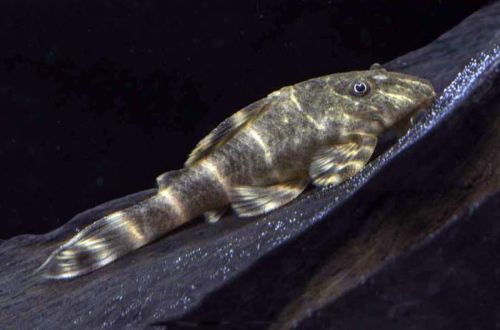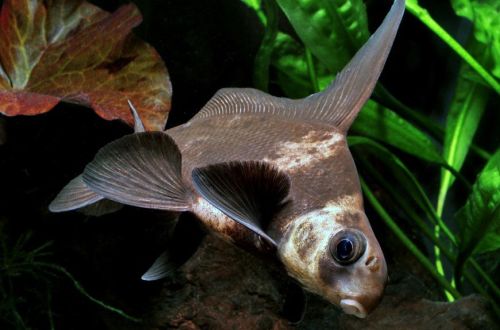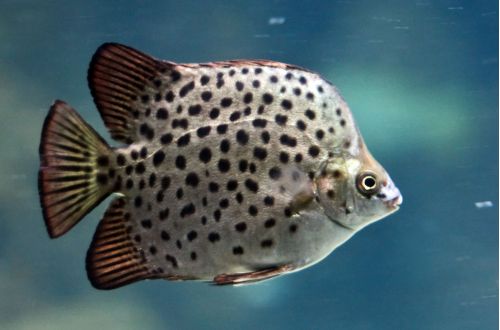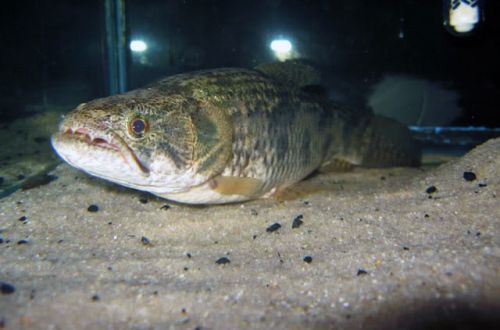
catfish butterfly
Butterfly Pecoltia or Tape Pecoltia (obsolete Peckoltia pulcher), another popular name is Butterfly Catfish (Dekeyseria pulchra). Catfish is native to South America, found in the Rio Negro and Orinoco river basins in Colombia, Venezuela and the northern states of Brazil.

Description
Adult individuals reach a length of about 10 cm. Catfish has a flattened body with a large cone-shaped head. The eyes are located high and are able to examine the surrounding space almost 180 degrees.
The body is covered with bony plates studded with sharp short spikes. Similar spikes are also present on the first rays of the fins.
The coloration is variable and depends on the environment. The color can vary from light gray with a greenish tint to almost black. The pattern of 7–8 dark transverse stripes remains unchanged.
Behavior and Compatibility
A peaceful, shy fish that mostly hides in shelters, avoiding encounters with overly active tankmates. Perfectly compatible with most non-aggressive species of comparable size. A good choice would be fish that live in the water column or near the surface.
Brief information:
- The volume of the aquarium – from 80 liters.
- Temperature – 24-28°C
- Value pH — 6.0–8.0
- Water hardness – 5–19 dGH
- Substrate type – any
- Lighting – subdued
- Brackish water – no
- Water movement – light or moderate
- The size of the fish is about 10 cm.
- Nutrition – algae and dry food based on them, pieces of vegetables
- Temperament – peaceful, shy
- Content singly or in groups
Maintenance and care, arrangement of the aquarium
The optimal size of the aquarium for one catfish starts from 80-100 liters. In the design, the presence of shelters and decorative elements made of natural wood is of key importance. Snags of various shapes are ideal for this role. Under certain conditions, algae will grow on them – an additional food source for the Band Pecoltia. The rest of the design is selected at the discretion of the aquarist.
Warm slightly acidic water with a dH value of no higher than 19 is considered a comfortable habitat. Accumulation of organic waste that can reduce water quality, which is especially sensitive for bottom dwellers, should not be allowed. Weekly maintenance of the aquarium is a must for successful keeping along with the smooth operation of the filtration system.
Food
Able to live exclusively on a plant based diet of algae. The diet should consist of products with a high content of plant components. It can be dry sinking food (flakes, granules, tablets), as well as pieces of vegetables (zucchini, cucumber, spinach, peas, etc.).





